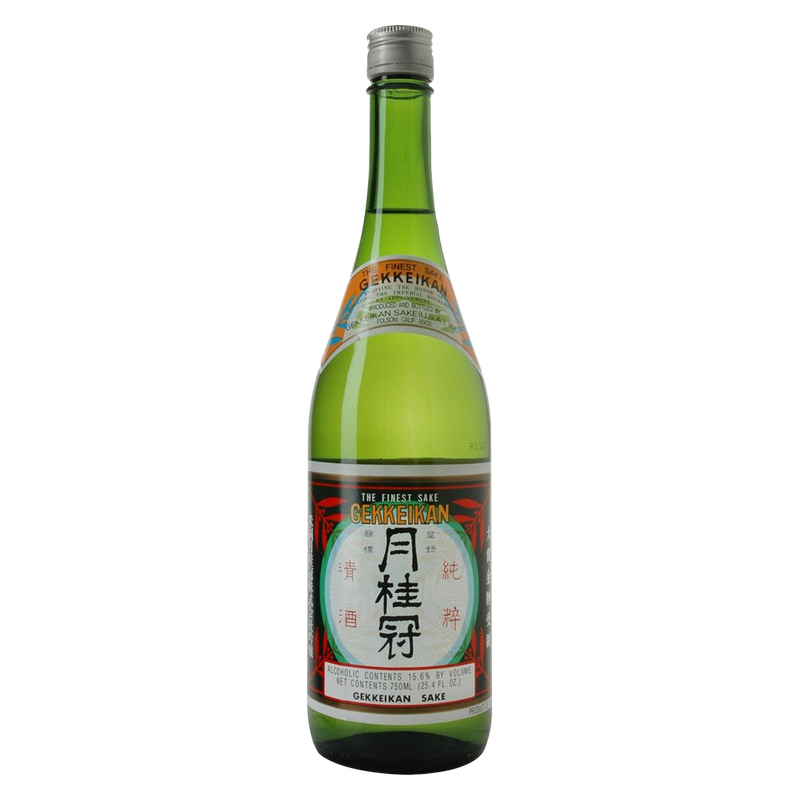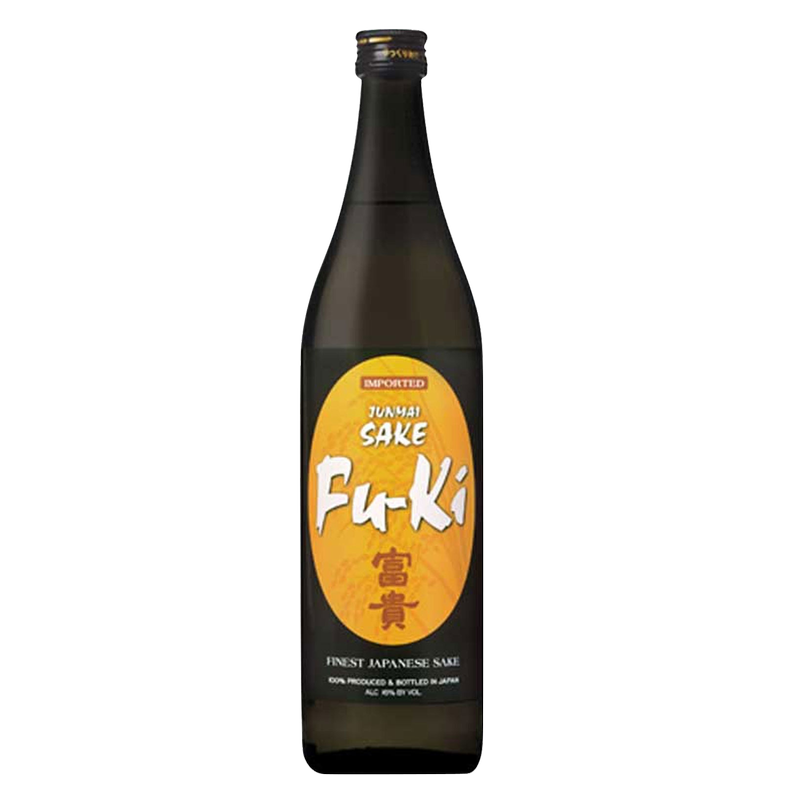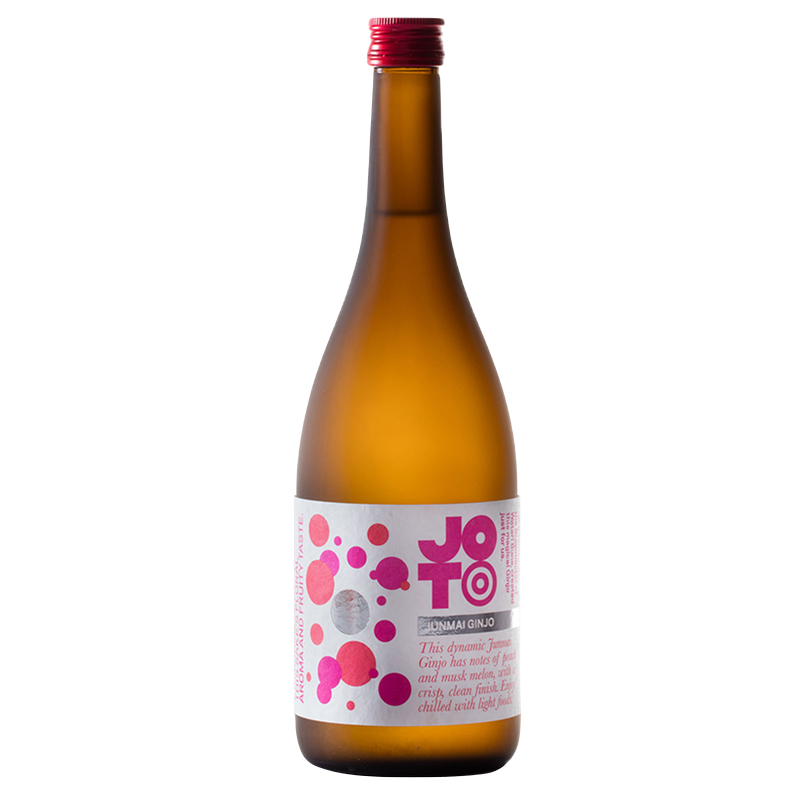Sake & Soju
All About Sake & Soju
What is soju and what is it made from?
Soju is a colorless alcoholic beverage that is distilled in Korea. Traditionally crafted from fermented grains like rice, wheat, or barley, soju embodies a rich heritage rooted in Korea's culinary traditions. However, contemporary production methods may incorporate diverse starches such as sweet potatoes, tapioca, or fruits like apples. The ingredients undergo distillation following fermentation to achieve the desired purity and flavor profile. With an alcohol content typically ranging from 16% to 25% by volume, though varying by brand and type, soju offers versatility in consumption. While it is often savored neat, its adaptability extends to its use as a foundational element in cocktails and mixed drinks, adding a distinctive Korean essence to the libation experience. It is highly regarded both domestically and internationally, and has gained popularity in various regions.
How does soju taste?
Soju typically has a mild and clean taste with a subtle sweetness. It is often defined as smooth and slightly sweet, with a neutral flavor profile. The alcohol content of soju can vary, but it usually has a gentle alcoholic bite that is not overpowering. Depending on the ingredients used in its production, some varieties may have hints of floral or fruity notes. Overall, soju's taste is well-regarded for its versatility and pleasantness, making it suitable for sipping on its own or mixing into cocktails and other beverages.
What is sake and what is it made from?
Sake is a traditional Japanese alcoholic beverage brewed using a fermentation process similar to beer but with characteristics similar to wine. It is often referred to as Japanese rice wine, although its production process differs from wine's.
Sake is primarily made from rice, water, yeast, and koji mold (Aspergillus oryzae), which converts the rice starches into fermentable sugars. The rice used in sake production is cultivated explicitly for brewing purposes and is polished to remove the outer layers, leaving behind the starchy core. The quality and type of rice and the brewing techniques greatly influence the final product's flavor, aroma, and quality. Sake is enjoyed both warm and chilled and can be paired with a wide variety of foods due to its versatility.
How much alcohol is in soju and sake?
The alcohol content in soju and sake can vary depending on the specific brand and type, but generally:
Soju typically has an alcohol content ranging from about 16% to 25% by volume. Some varieties may have higher alcohol content, but this range is typical for most commercially available soju.
Sake typically has an alcohol content ranging from about 15% to 20% by volume. Again, this can vary depending on the specific type and brewing process, but most sake falls within this range.
While both soju and sake are alcoholic beverages, soju tends to have a slightly higher alcohol content compared to sake on average. However, it's essential to check the label or inquire about the specific alcohol content of the brand and type you are consuming, as it can vary.
Is sake gluten-free?
Sake is generally considered gluten-free, but it's important to note that not all sake products are guaranteed to be gluten-free. Traditional sake is brewed using rice, water, yeast, and koji mold, which are naturally gluten-free ingredients. However, some modern sake brewers may add ingredients or use processes that could introduce gluten into the final product. For example, certain brewers might incorporate grains containing gluten during production or use additives containing gluten for flavoring or other purposes.
If you have gluten intolerance or sensitivity, it's advisable to look for sake products labeled as "gluten-free" or to contact the manufacturer to inquire about their brewing process and the presence of gluten in their sake. Additionally, checking for certification from gluten-free organizations can ensure the gluten-free status of a particular sake product.
What you need to know about flavored soju
Flavored soju is a new take on traditional soju that adds different fruit essences and flavorings to make it more appealing to a diverse audience. This contemporary twist on the classic Korean spirit offers an exciting shift from traditional soju consumption. Here's what you should know about this delightful fusion:
Diverse Flavor Palette: Flavored soju boasts an array of captivating flavors, ranging from the familiar tones of peach, strawberry, and green grape to the more adventurous notes of lychee, yogurt, and citrus. These flavors are skillfully infused during production, creating a palate of options to suit various tastes.
Aroma: The resulting aroma is often more pronounced, reflecting the essence of the fruits or ingredients in crafting each variant.
Consistent Alcohol Content: Like its traditional counterpart, flavored soju maintains an alcohol content typically ranging from 16% to 25% by volume, ensuring a balanced and enjoyable drinking experience.
Versatility in Mixology: Flavored soju is versatile and can be relished neat, chilled, or as a key ingredient in creative cocktails and mixed drinks. Its fruity and sweet characteristics lend themselves well to creating a refreshing beverage, making it a popular choice for social gatherings and festive occasions.
Rising Popularity: Flavored soju has garnered widespread acclaim, particularly among younger demographics drawn to its diverse flavor profiles and smooth texture. Its accessibility and affordability contribute to its growing popularity in South Korea and internationally.
Availability: Flavored soju is readily available at liquor stores, bars, and restaurants in regions where Korean culture holds sway. It often shares shelf space with traditional soju and other Korean libations, reflecting its integral role in contemporary drinking culture.
Flavored soju offers a modern interpretation of a time-honored beverage, delivering a delightful fusion of flavors and a versatile drinking experience. Whether savored solo or used to craft inventive cocktails, flavored soju continues to captivate enthusiasts with its vibrant array of tastes and inviting charm.
What are the most popular soju brands?
Several soju brands dominate the market in South Korea and are gaining recognition internationally. Some of the most popular soju brands include:
Jinro Soju
Chamisul Soju
Good Day Soju
Cheoeum Cheoreom Soju
Muhak Soju
These brands represent a selection of the most popular and widely available soju options in South Korea and beyond. Each brand offers unique characteristics and variations, catering to diverse consumer preferences and tastes.
What are the most popular sake brands?
These brands represent a selection of the most popular and widely available soju options in South Korea and beyond. Each brand offers unique characteristics and variations, catering to diverse consumer preferences and tastes.
Several sake brands are highly regarded and widely recognized for their quality and craftsmanship. Some of the most popular sake brands include:
Dassai
Hakkaisan
Gekkeikan
Kubota
Jozen Mizuno Gotoshi
These are just a few examples of the many exceptional sake brands available in the market. Each brand has its own distinct characteristics and brewing techniques, contributing to the diversity and richness of the sake landscape.
How to drink soju
Drinking soju is a cultural experience in Korea, often enjoyed in social settings with friends and family. Here are some options on how to drink soju:
Chilling: Soju is typically served chilled, so storing it in the refrigerator before serving is best. Chilled soju has a smoother and more refreshing taste.
Serving: Soju is commonly served in small shot glasses or traditional Korean cups called "cups" or "shot glasses." The serving size is usually smaller compared to Western alcoholic beverages.
Sharing: When drinking soju, it's customary for one person to pour drinks for others and then return the favor. It's often a communal activity. Pouring for others before serving oneself is a sign of politeness and respect.
Cheers: Before taking a sip, it's common to say "geonbae" (건배) in Korean, which means "cheers." Raise your glass and make eye contact with others before taking a drink.
Sipping: Soju can be sipped slowly or taken as a shot, depending on personal preference and the occasion. It's important to pace yourself and drink responsibly, especially considering soju's relatively high alcohol content.
Pairing with Food: Soju is often enjoyed with various Korean dishes, such as barbecue, spicy foods, seafood, and savory snacks. The neutral flavor of soju complements a wide range of tastes and textures.
Mixing: While soju is commonly consumed neat, it can also be mixed with other beverages like beer or fruit juices to create refreshing cocktails known as "somaek" (soju + maekju, Korean word for beer) or "soju cocktails."
Etiquette: In Korean culture, using both hands when receiving or pouring drinks is considered polite, especially when interacting with older or more senior individuals.
Enjoying soju in the company of others is a cherished cultural tradition in Korea, fostering camaraderie and shared experiences.
Gopuff Sake & Soju Products FAQs
Gopuff delivers Sake & Soju Products near you as well as thousands of snacks, drinks & household essentials in as fast as 15 minutes. Find major brands as well as Sake & Soju Products on Gopuff.
Gopuff is ready to deliver Sake & Soju Products and more convenience store essentials in as fast as 15 minutes, perfect for that one missing ingredient, late-night snack cravings, or last-minute wine for guests.
You can order Sake & Soju Products online at gopuff.com or download the Gopuff app from the App Store or Google Play to find Sake & Soju Products and thousands more snacks, drinks & household essentials.
Gopuff`s delivery fee is as low as $3.95 for Sake & Soju Products or any other order on Gopuff (that means no surge pricing). Join Fam for free delivery on all orders.


